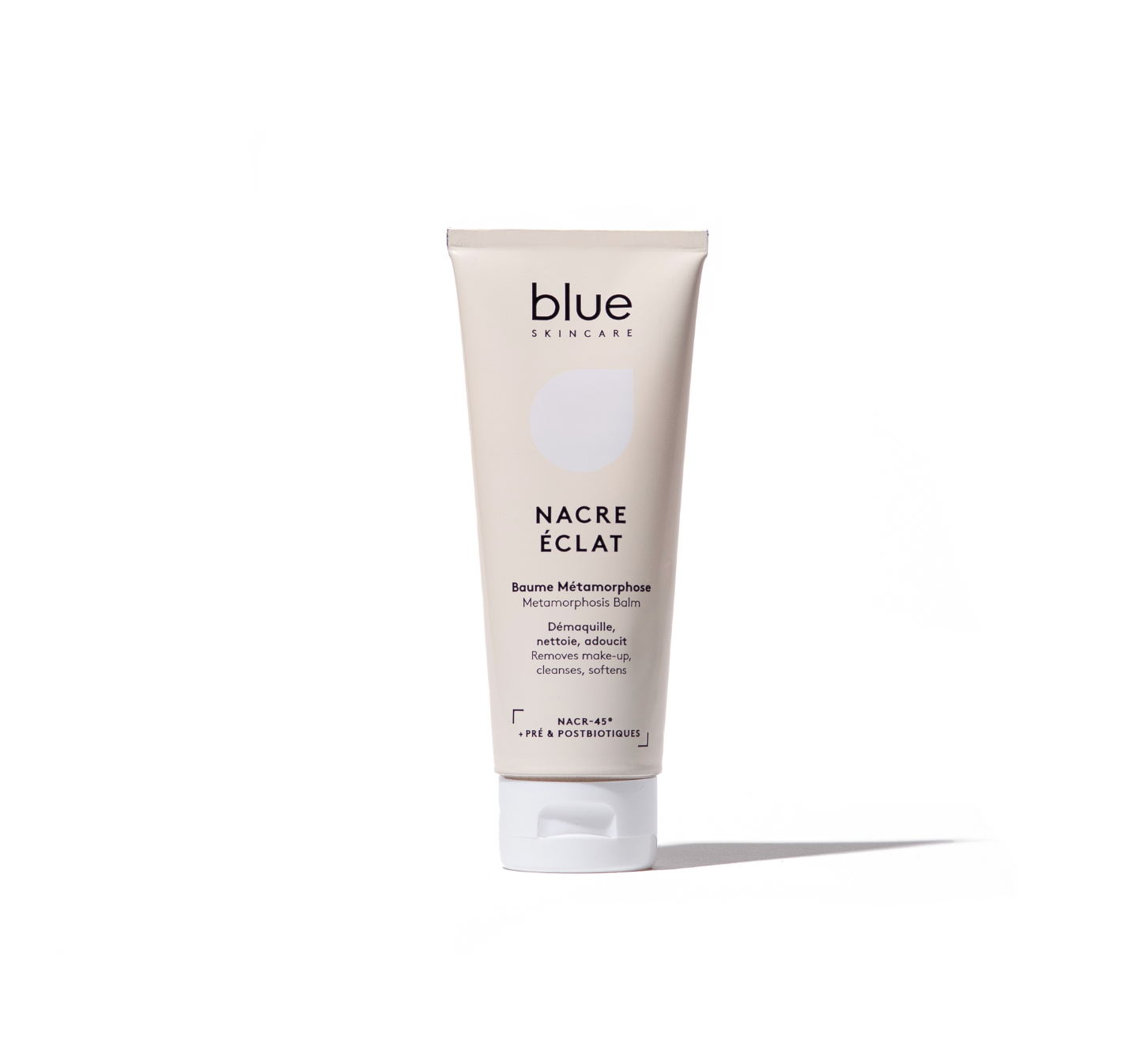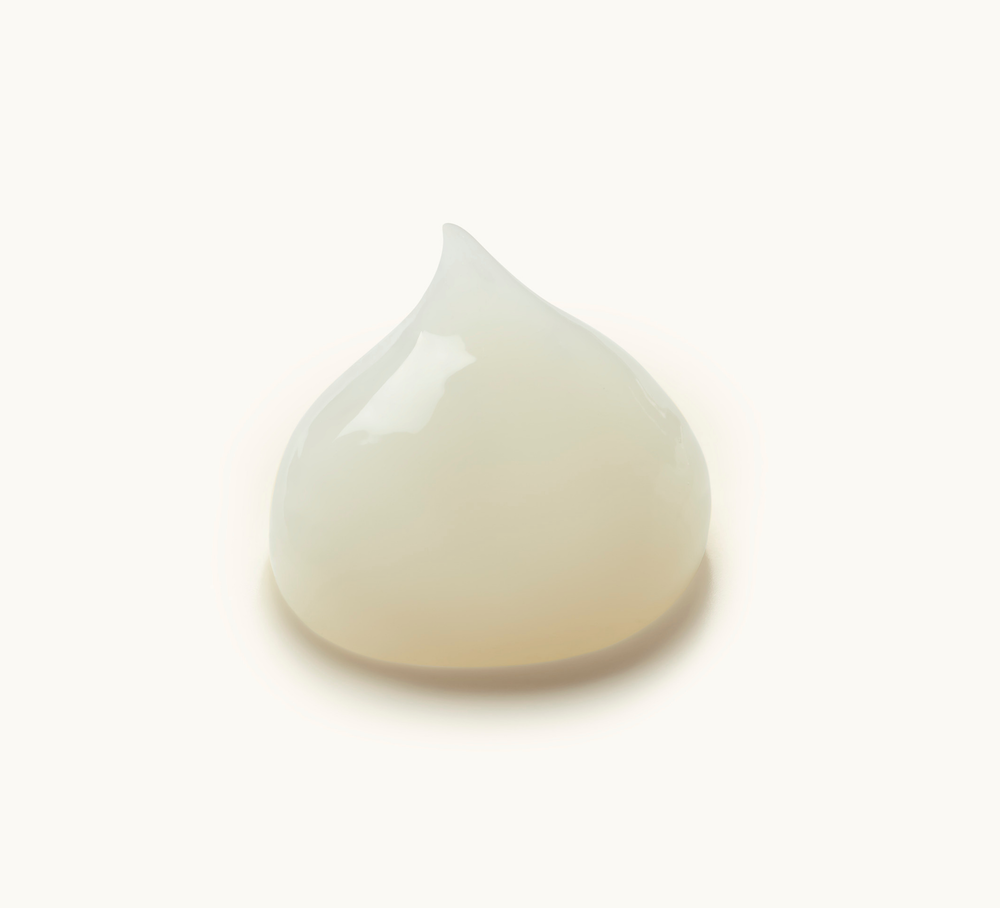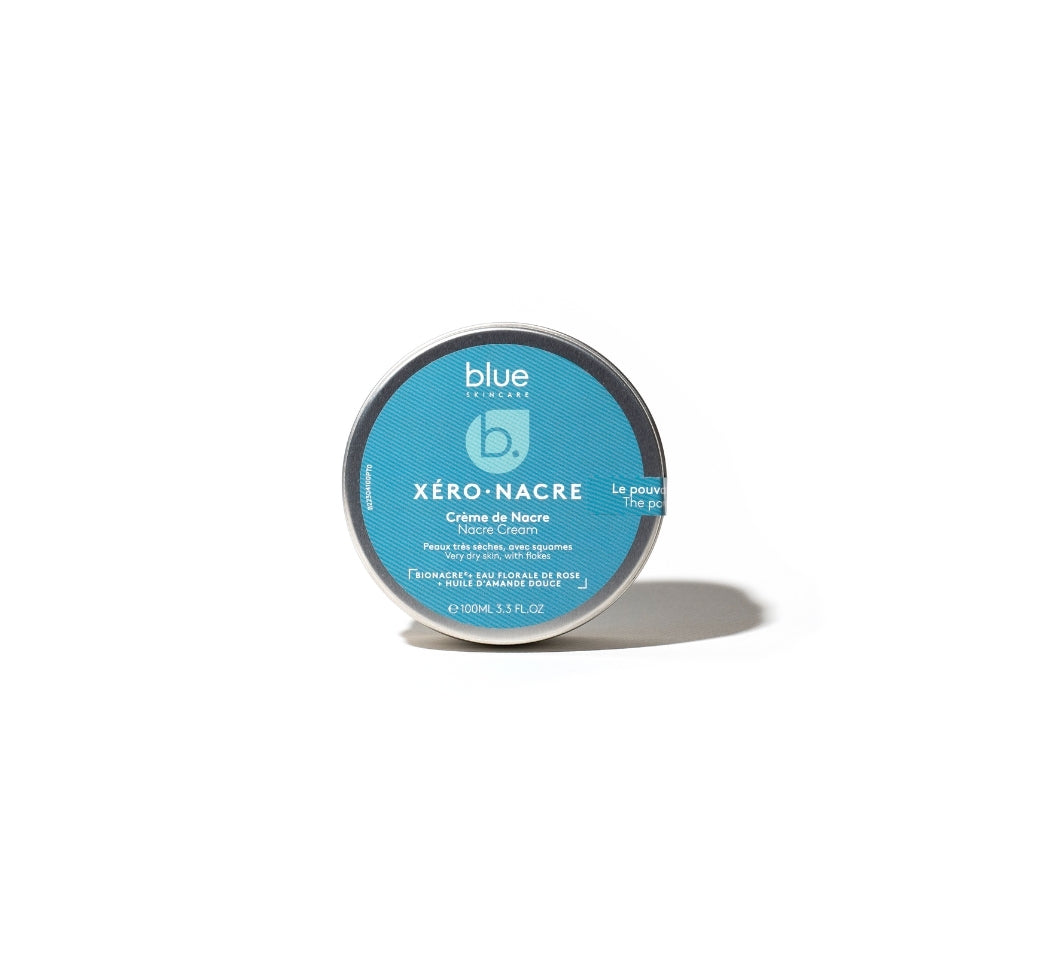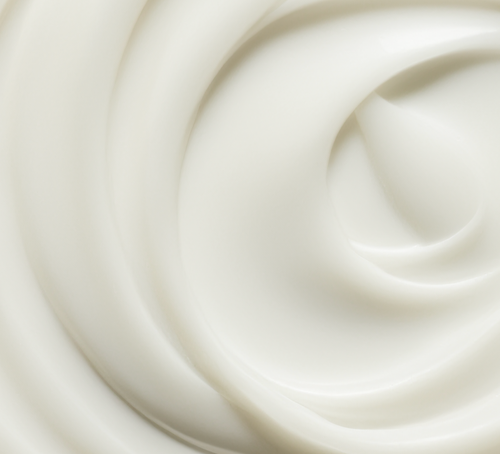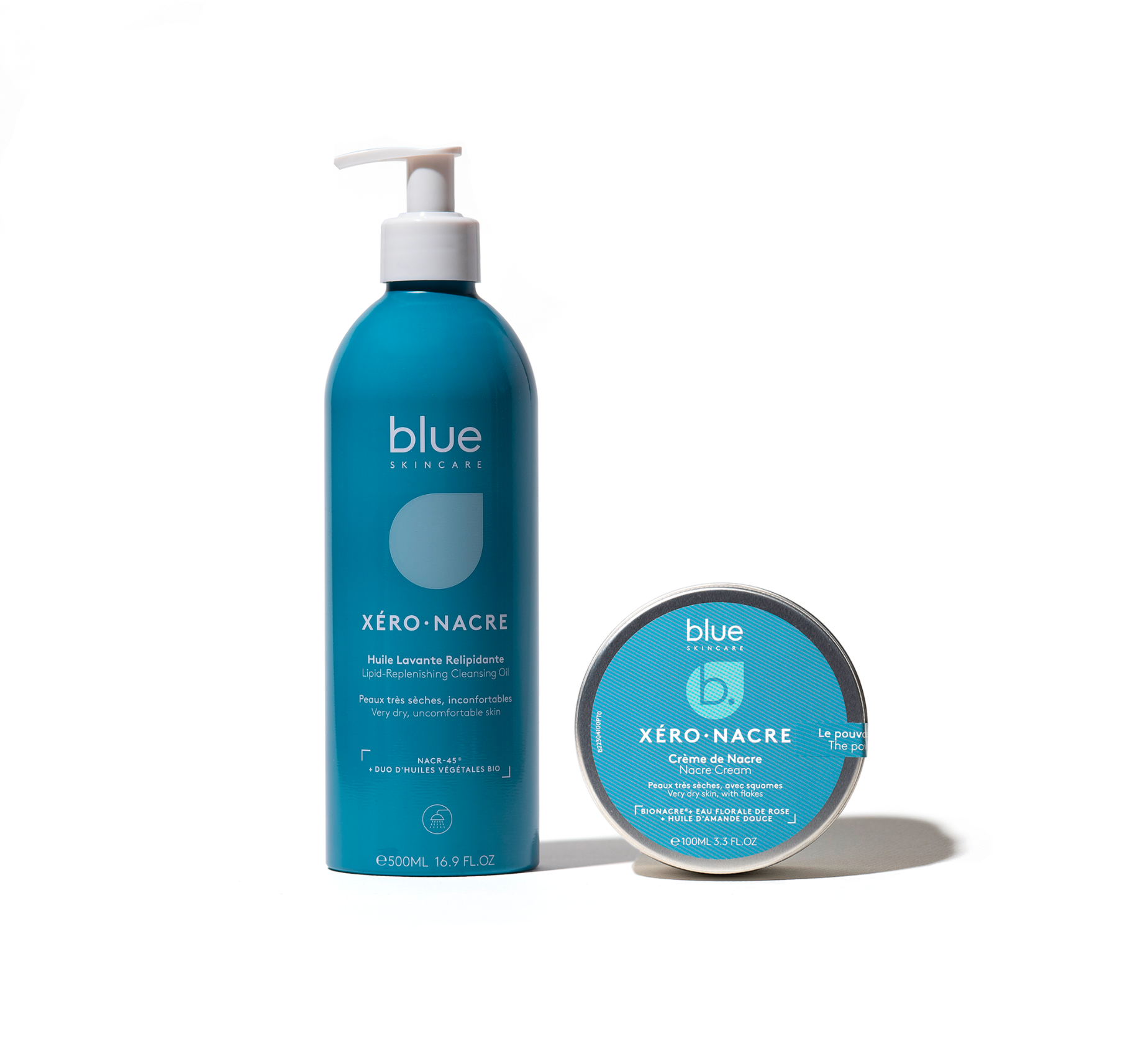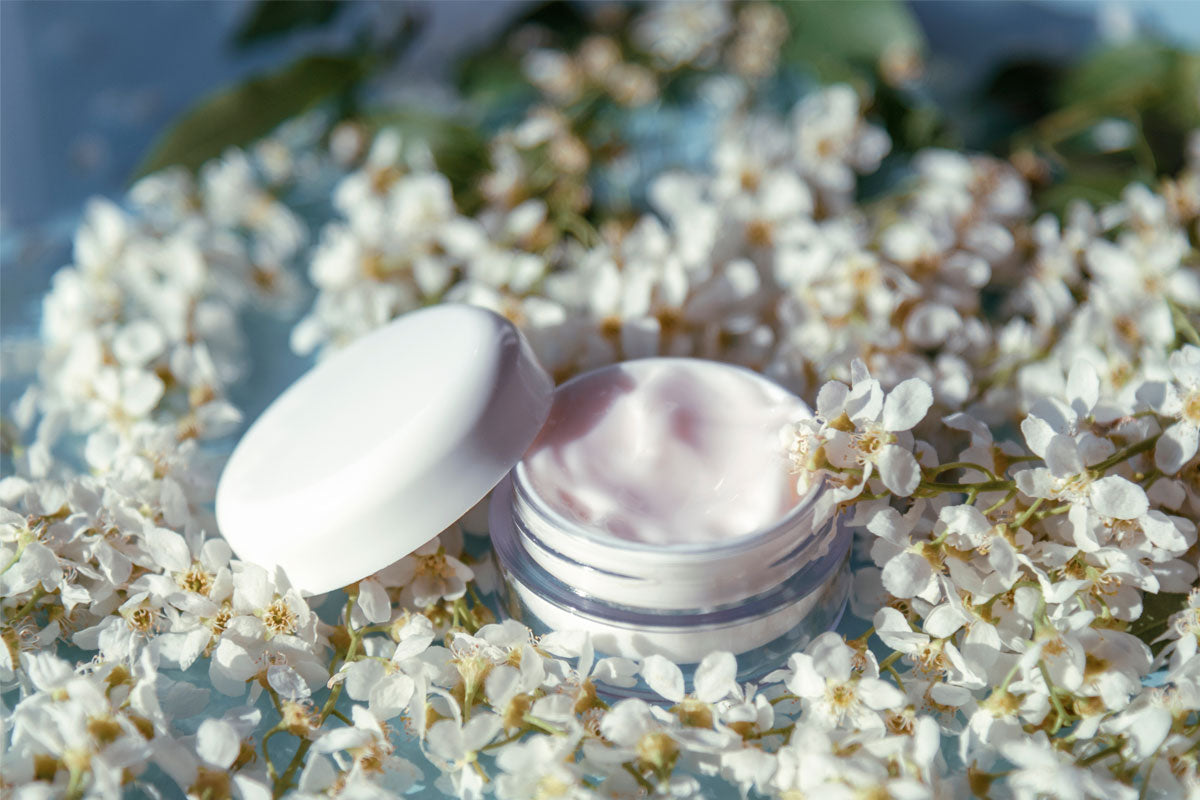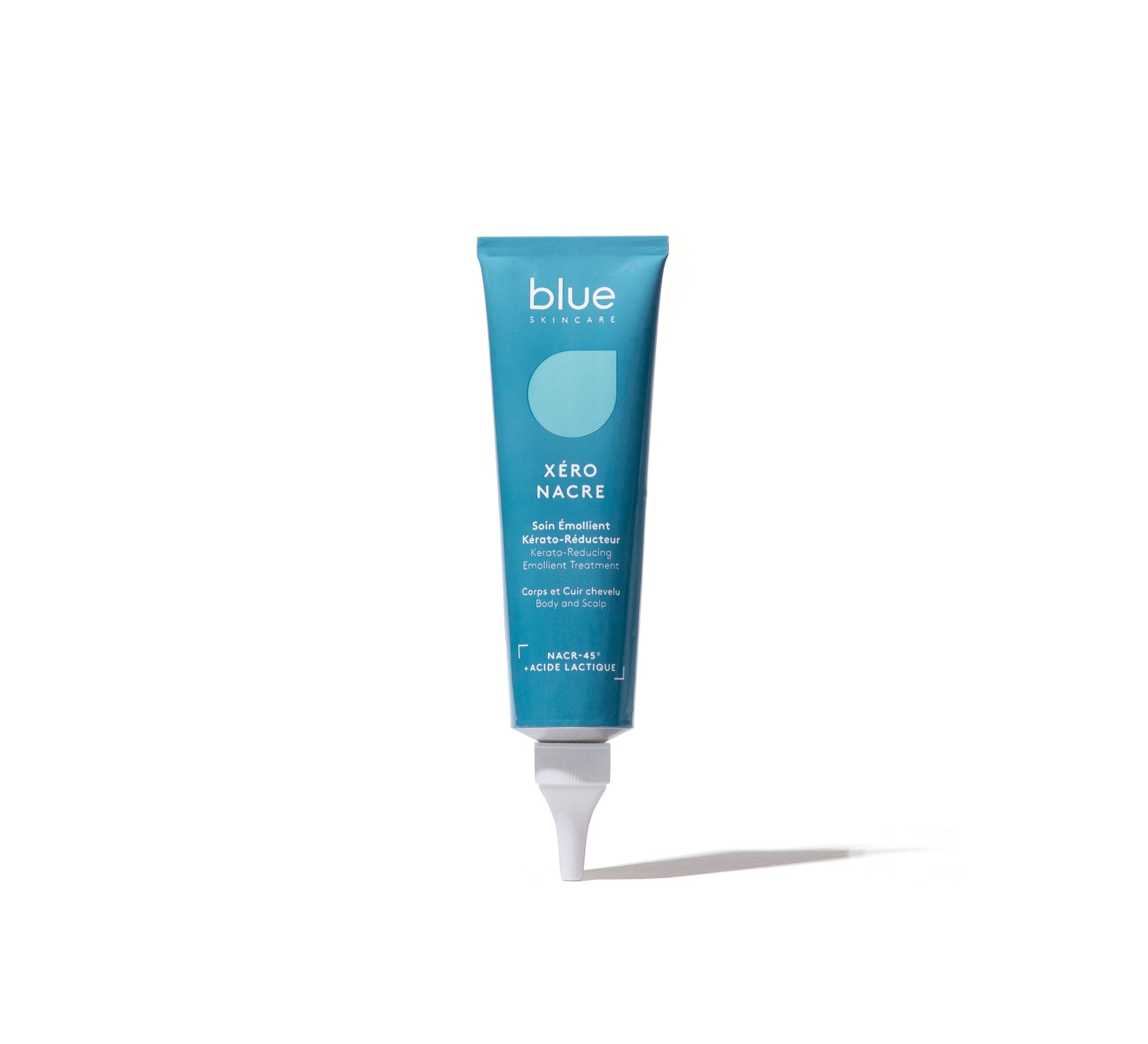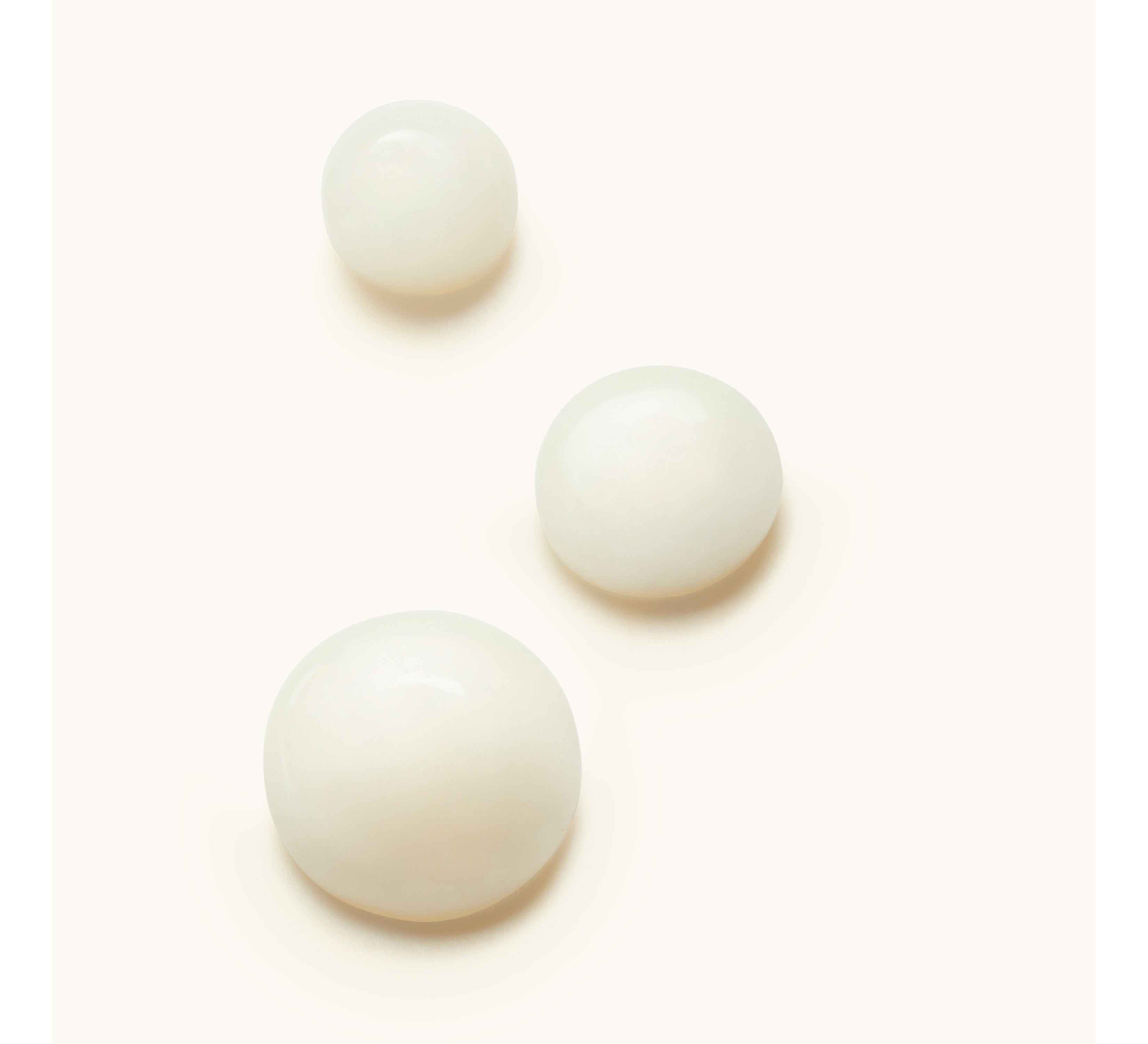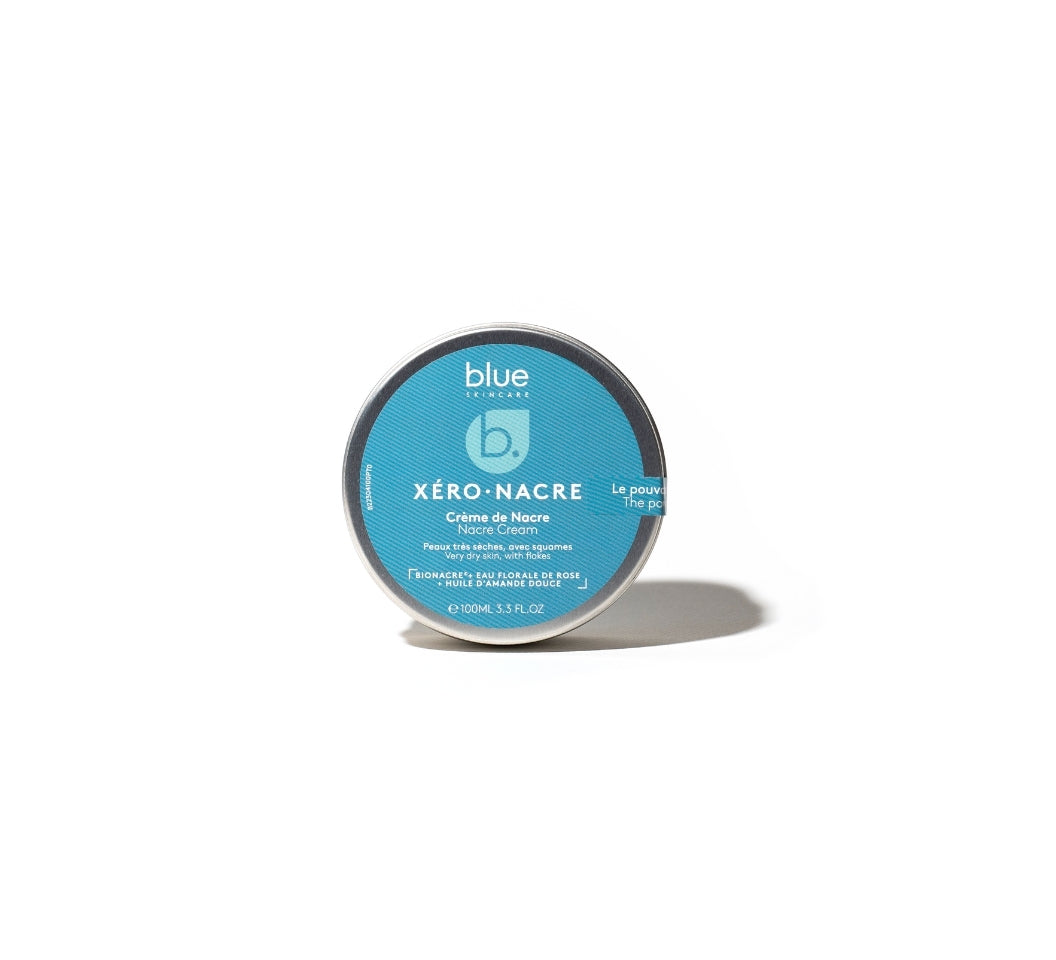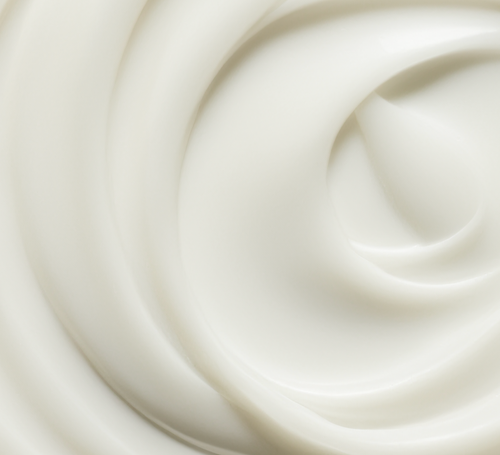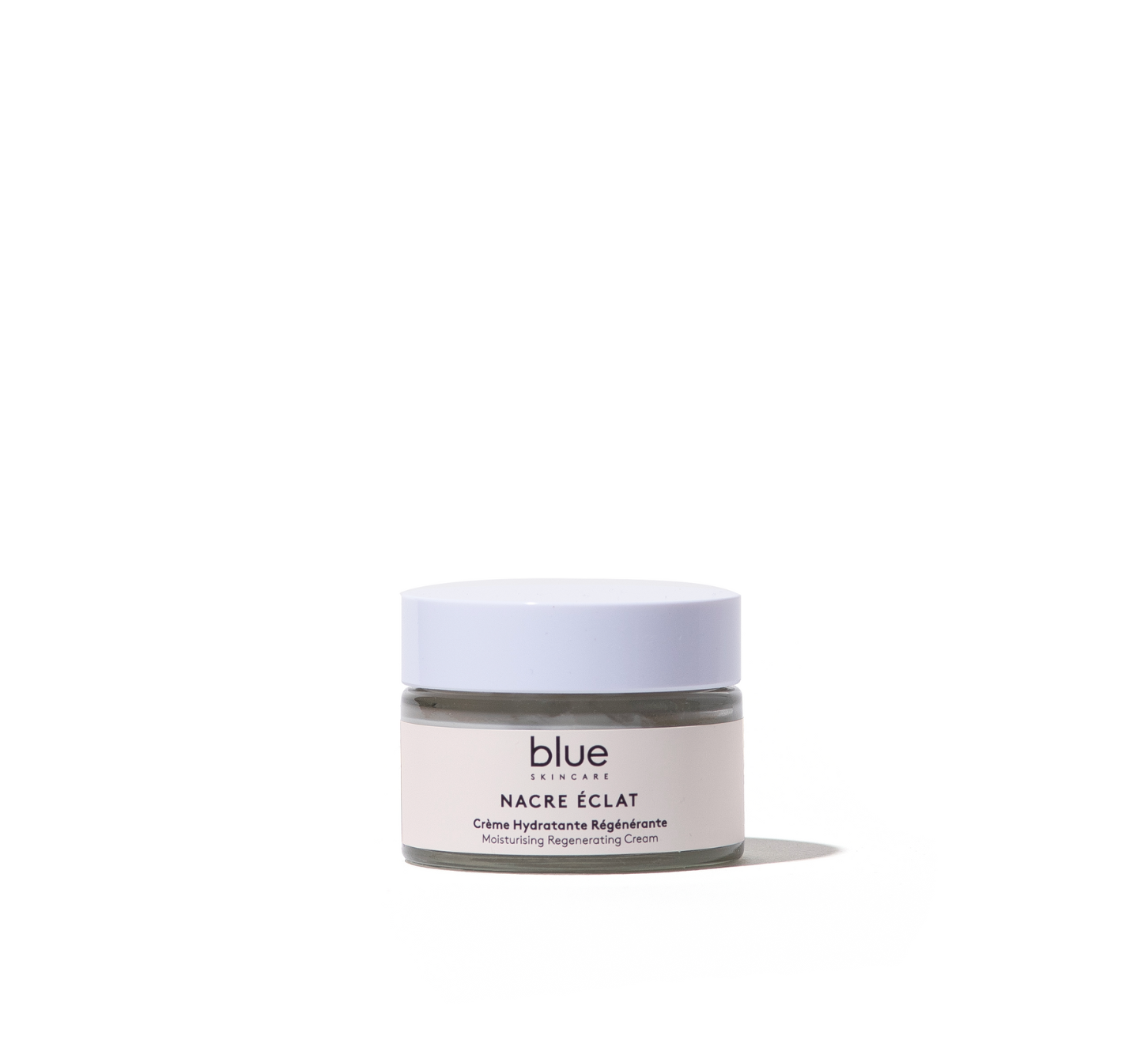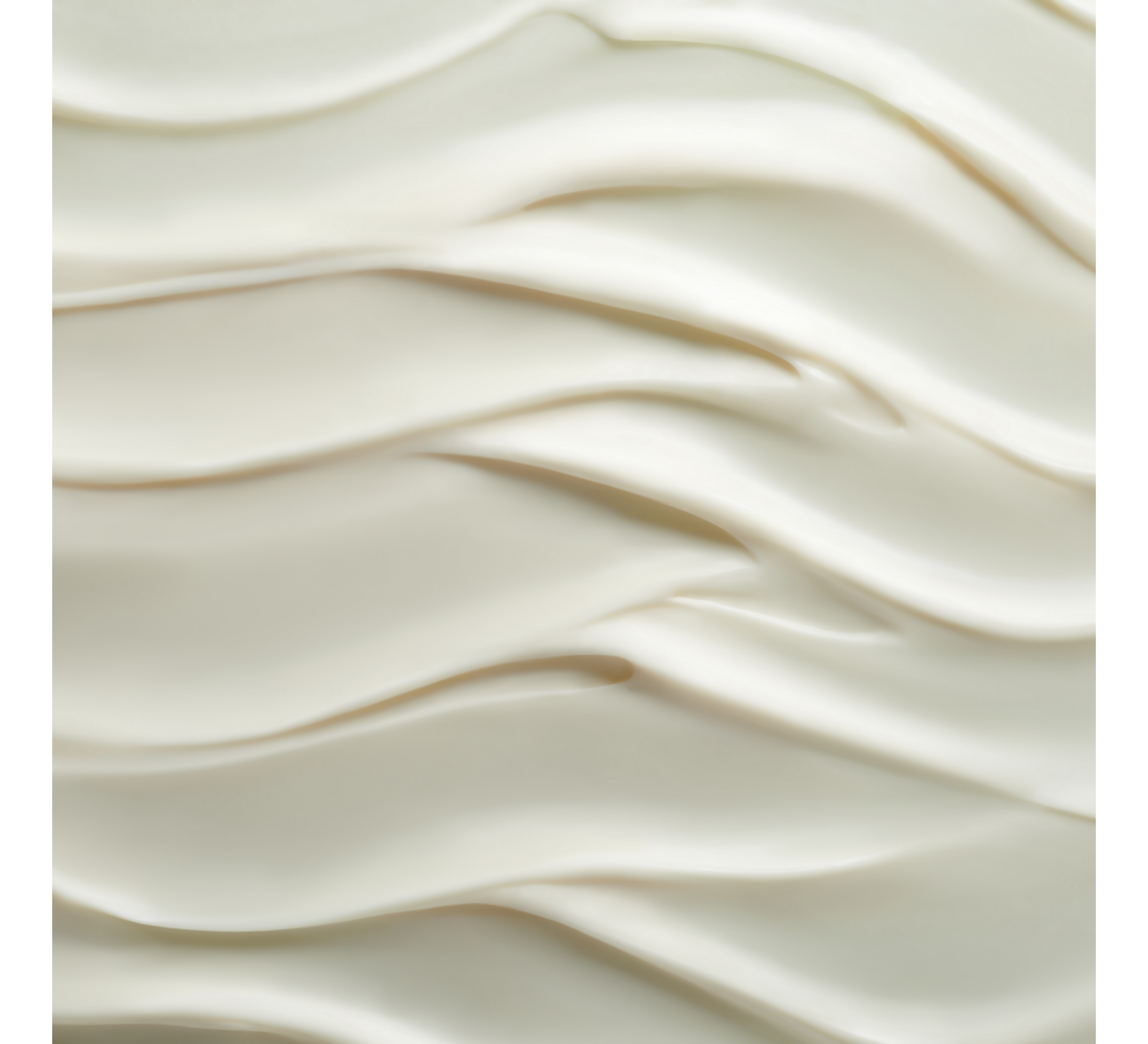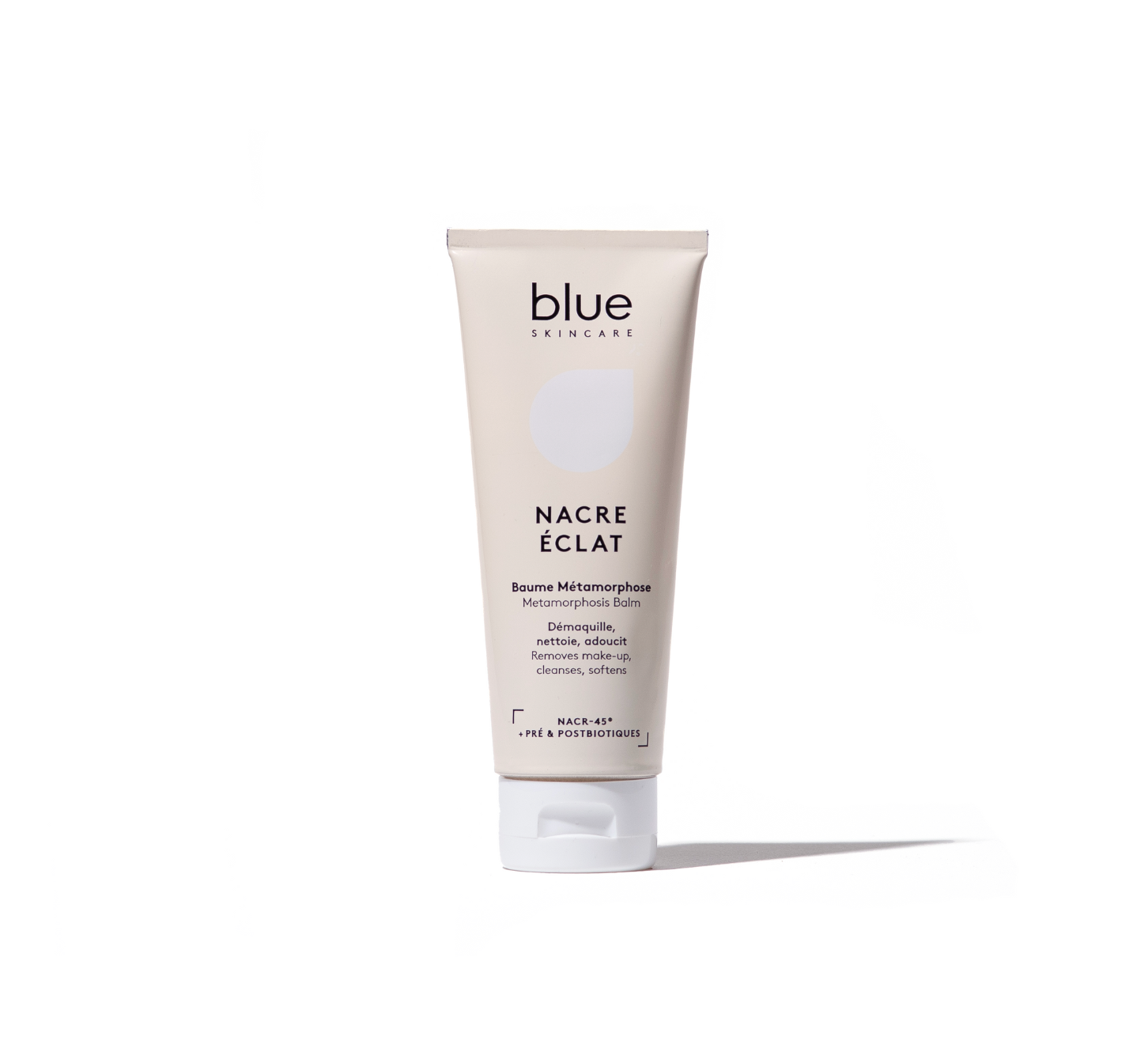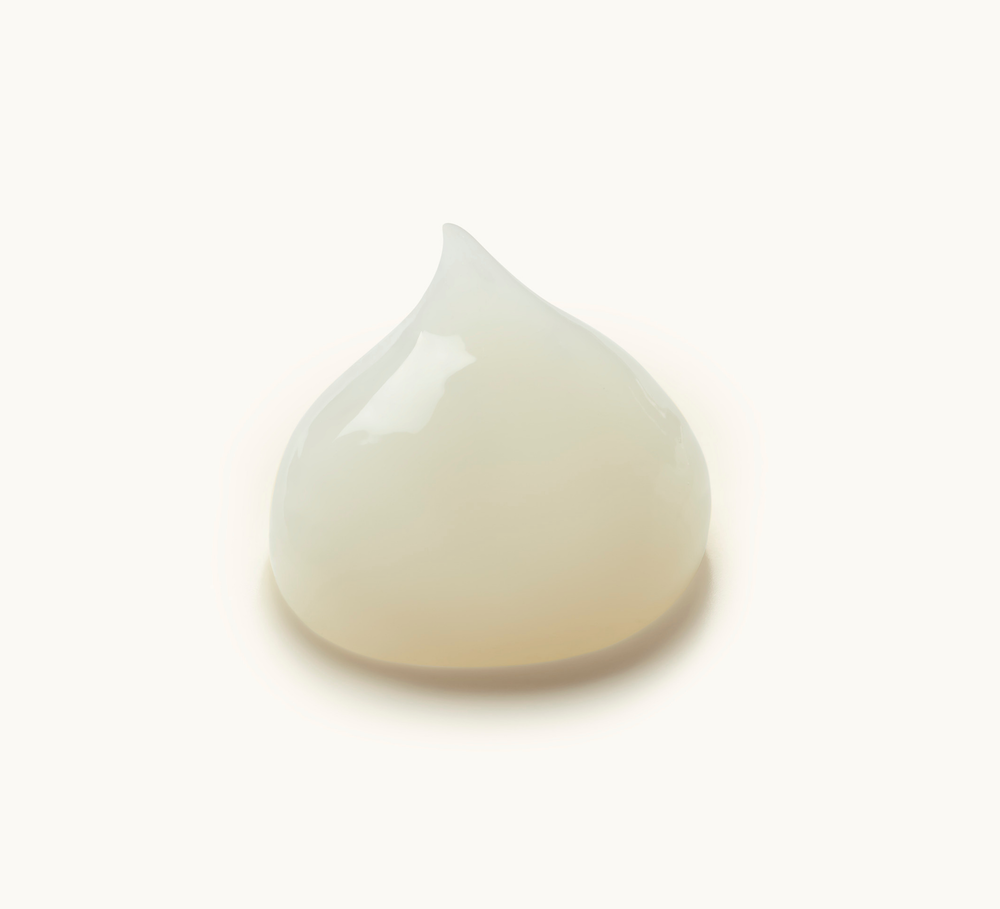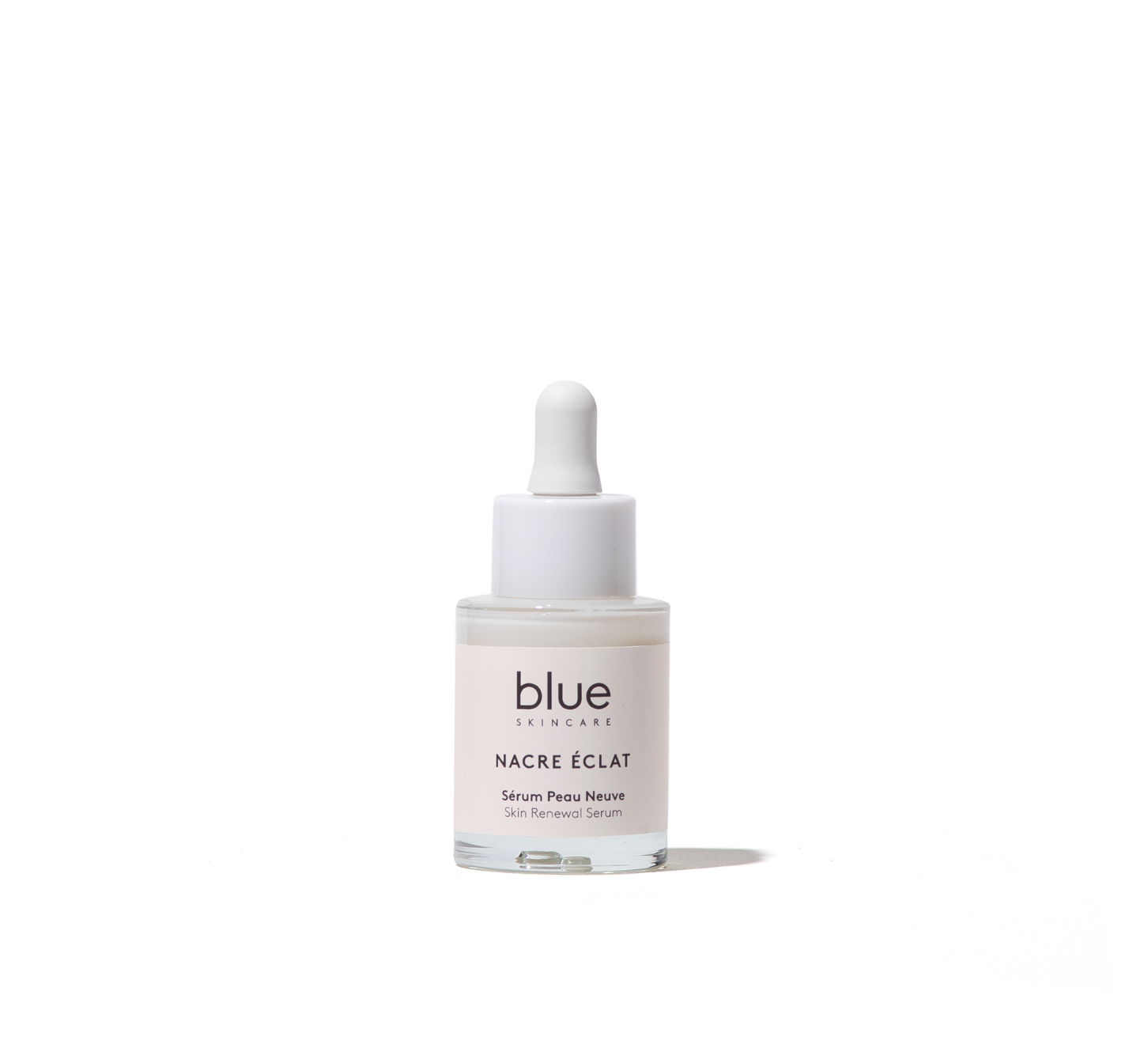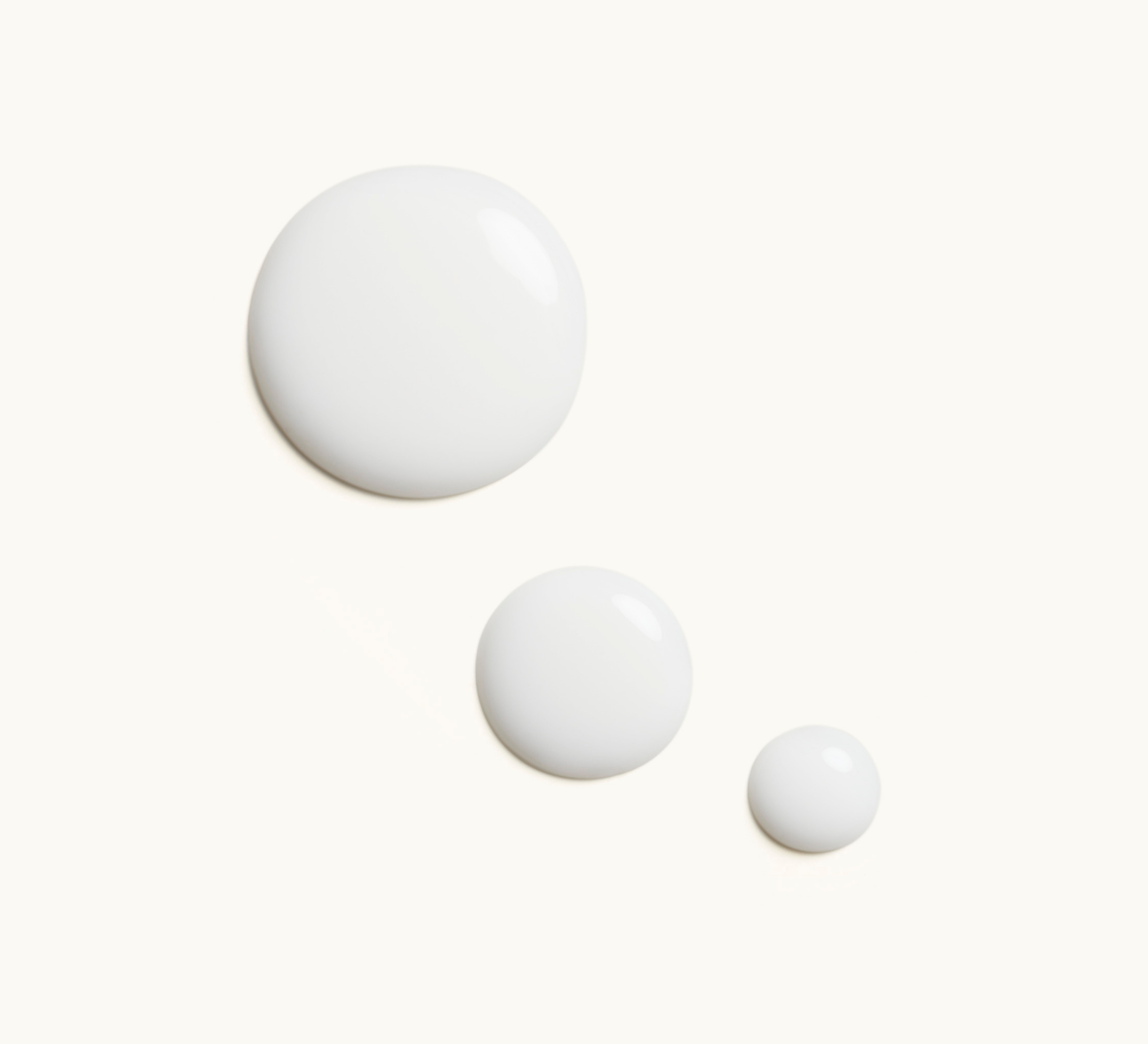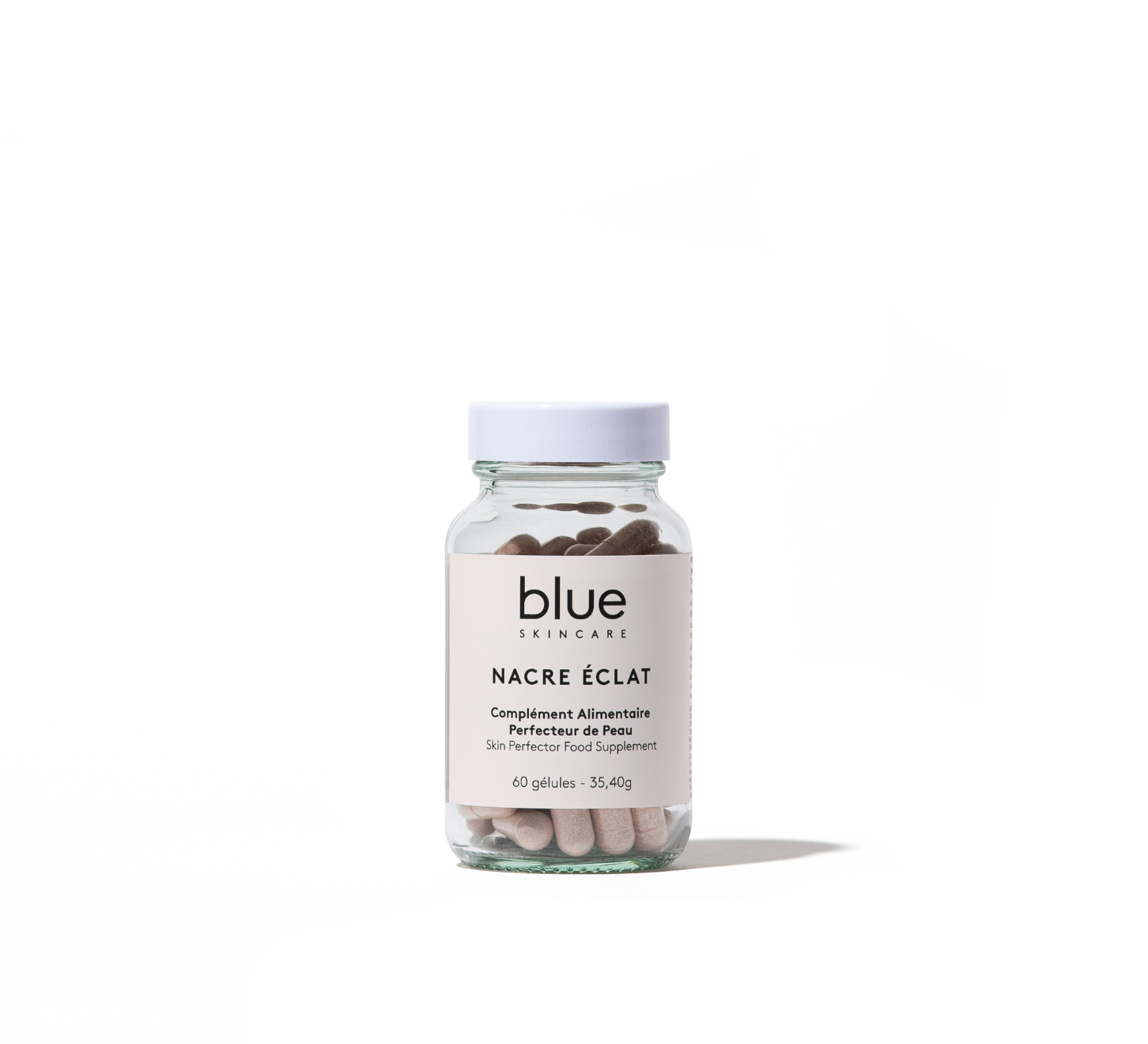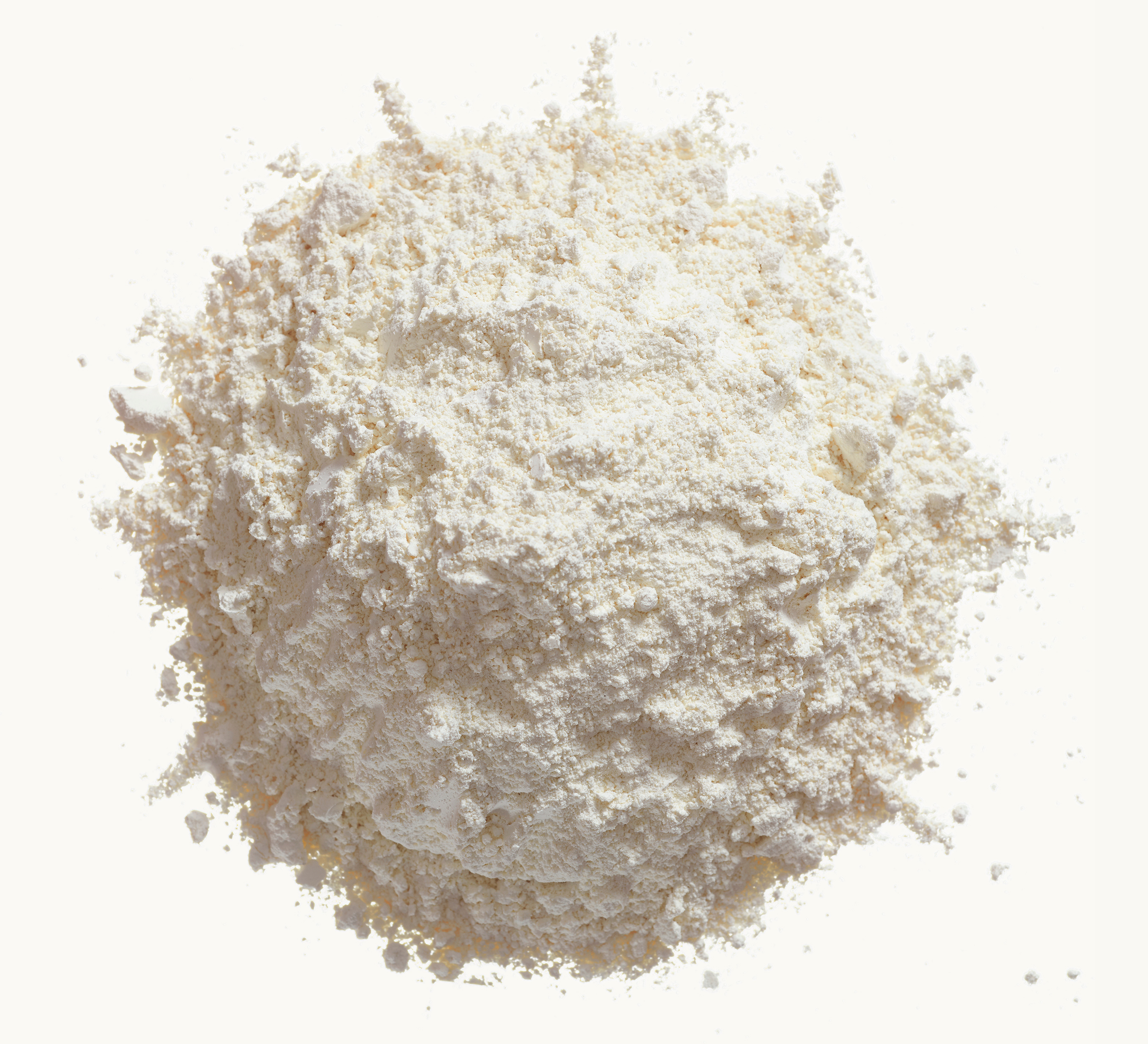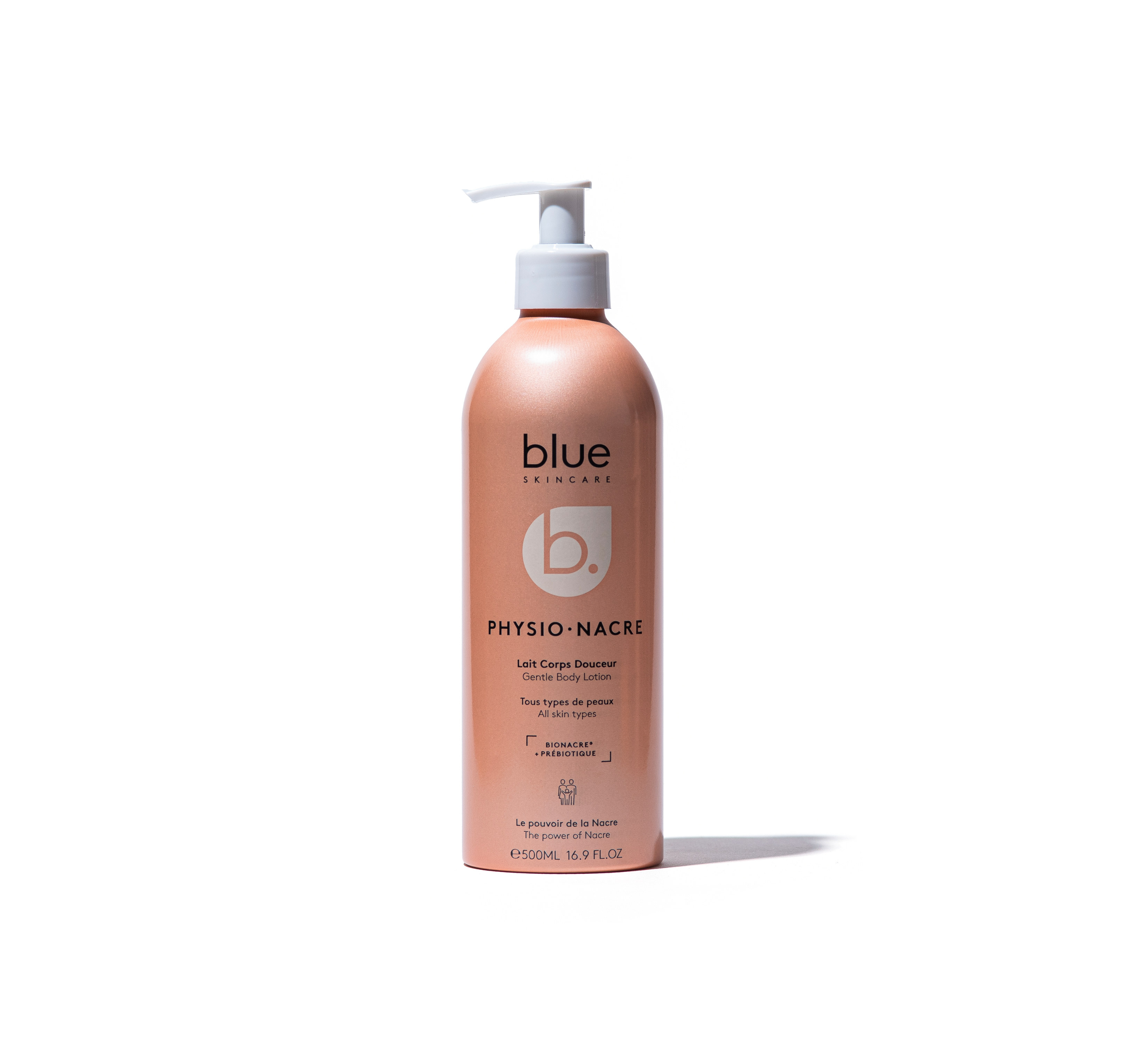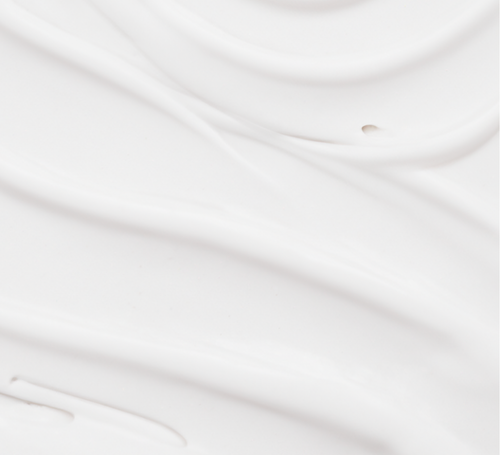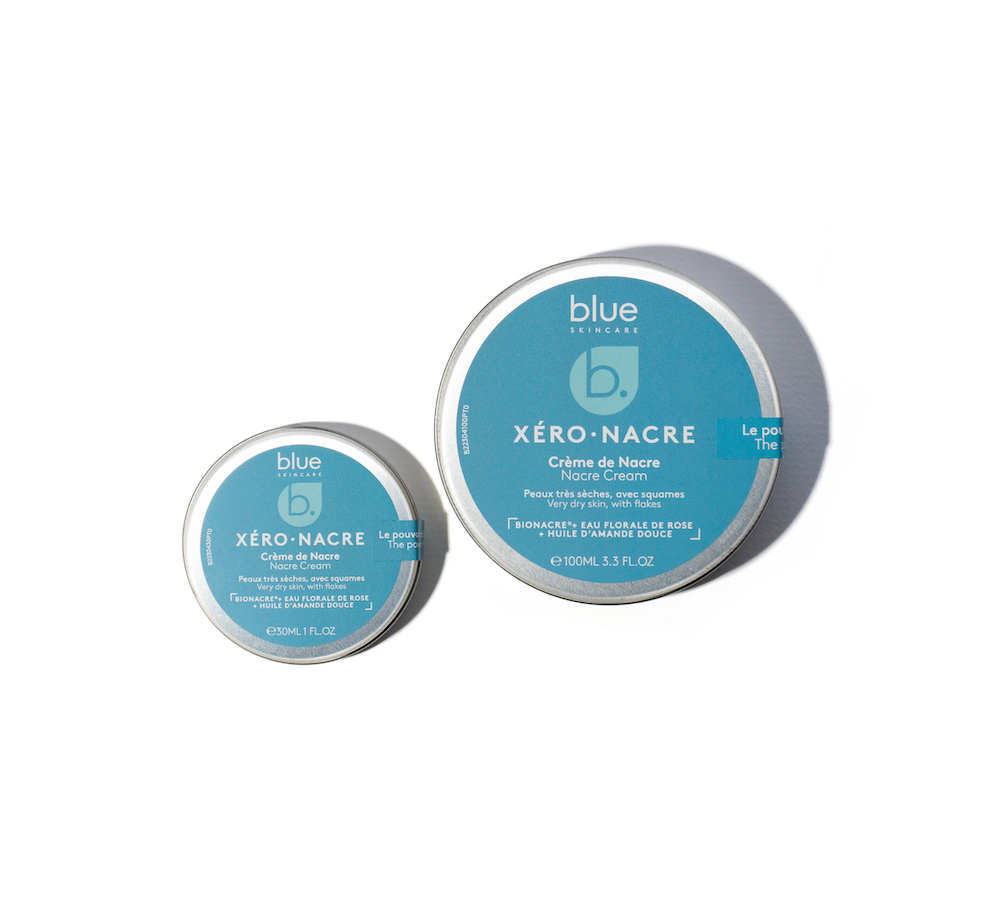A clean skincare is above all a virtuous skincare. If there is no precise definition, this notion takes into account the formulation of the product, as well as its entire ecosystem: packaging , value chain, ethics, environment . Clean beauty, born from a notion of health, excludes a certain number of so-called controversial ingredients. And if each brand has its own black list, more or less long, excluding these controversial ingredients , perfume is often part of it.

So how do you perfume a clean skincare range with such demanding specifications regarding respect for the skin and the planet? How can you be a clean product while offering the pleasure of a delicious scent that guarantees greater effectiveness? Because it is proven today by neuroscience: a product is more effective if it arouses positive emotions, and the fragrance, like the texture, actively participates in this.
Explanations from Laurie JUNILLON, Marketing and Communications Director of Sozio , a family perfume composition house for 260 years.
What do clean skincare brands want today in terms of fragrance?
Their specifications are increasingly complex, because consumers, increasingly educated, are looking for absolute transparency and 100% natural. For them, knowing the exact composition of the formulas is a key concern. However, the word perfume in the INCI list (the composition of the product appearing on the packaging) is opaque, because we do not know what it covers exactly.
And for Yuka 's verdict to be green, the formula must not contain allergens that are very present in perfumes. The formulation therefore becomes more and more complicated to remain creative while respecting these requirements.
Is a clean perfume necessarily natural?
No, not necessarily. Clean is not 100% natural.
By clean, we mean the removal of certain controversial elements, such as CMR agents (carcinogenic, mutagenic and toxic substances for reproduction), or allergens. This is the selection criterion, not naturalness.
A clean perfume therefore integrates both natural and synthetic raw materials, all of which are respectful of the skin and the planet. In the past, to ensure naturalness, we had essential oils and absolutes at our disposal. Today, we have green chemistry and super-critical CO2 extraction, but the range of fragrance notes at our disposal is more limited.
Is it possible to be 100% natural and clean?
No, because that would mean being able to accept photosensitizing, allergenic, and even CMR raw materials. The goal is to be able to offer a perfume that is 100% healthy for humans and the environment.
What does Cosmos certification require?

To be Cosmos certified , the perfume must be 100% natural or of natural origin (isolates*) without any synthetic raw materials (i.e. of petrochemical origin).
*An isolate is an odorous molecule that has been isolated from a plant.
All this requires a lot of teaching and education for the consumer?
Yes, absolutely, it is essential to explain why we cannot want everything at the same time.
Thinking that natural is good and synthetic is bad is a simplistic vision! On the one hand, green chemistry makes it possible to obtain highly effective molecules without impacting natural resources.
On the other hand, there are synthetic raw materials that are 100% safe for humans (as well as for the environment) and that have the immense merit of being neither CMR nor allergenic. We can cite the ozonic floral odor (Florol), the fruity coconut odor (aldehyde C18) or the apricot odor (Decalactone Gamma).
Conversely, some natural ingredients are not completely harmless because they can be allergenic, CMR or photosensitizing, such as lemon essential oil. Natural includes raw materials of plant origin but also those of animal origin, such as beeswax, ambergris or musk. To obtain these olfactory notes, the synthetic alternative is an interesting option. In the end, it is up to each brand to make its choice and prioritize its requirements.
What is the difference between the natural olfactory palette and the synthetic palette?
With the 20% of raw materials of natural origin authorized, and without being able to use his "classic" palette of synthetic raw materials, the perfumer must show ingenuity to formulate his perfumes. However, the odors of certain flowers cannot be extracted. This is the case of lily of the valley for which there is no possible essential oil or absolute. The perfumer will have to work on associations of certain natural raw materials to recreate the olfactory note that he would have obtained with synthetic raw materials. In 100% natural formulation, certain notes such as musky, marine or ozonic floral notes are more complicated to achieve, because there is no natural equivalent.
How are you responding to this explosion in clean demand?

We are constantly improving our "green" and environmental approach and we have decided to go further by creating the CLEAN FRAGRANCE label, the result of the intersection of American and European regulations (USDA NOP, COSMOS, ECOLABEL, etc.), which is linked to human health and environmental respect, in order to offer perfumes free of controversial ingredients. This is our internal black list.
What is the process of developing a clean scented treatment?
We work from unscented bases with various textures (gel, cream, oils, etc.) and work the fragrance according to each one. Indeed, the fragrance does not necessarily come out in the same way in the different products. The care product may have an unappealing base odor linked to certain raw materials used such as "surfactants" which are foaming agents: the fragrance then intervenes to cover the base odor and obtain an olfactory desirable formula. We therefore create a clean fragrance for each clean formula, in order to ultimately have a clean care product in its entirety.
